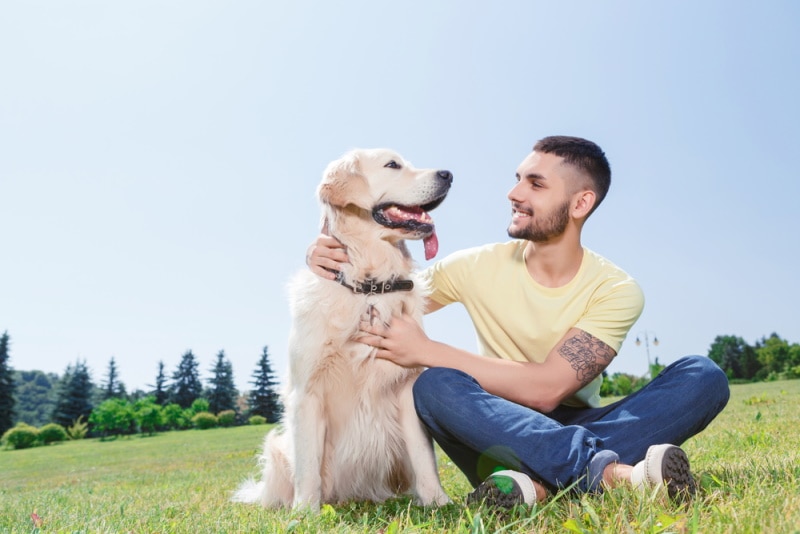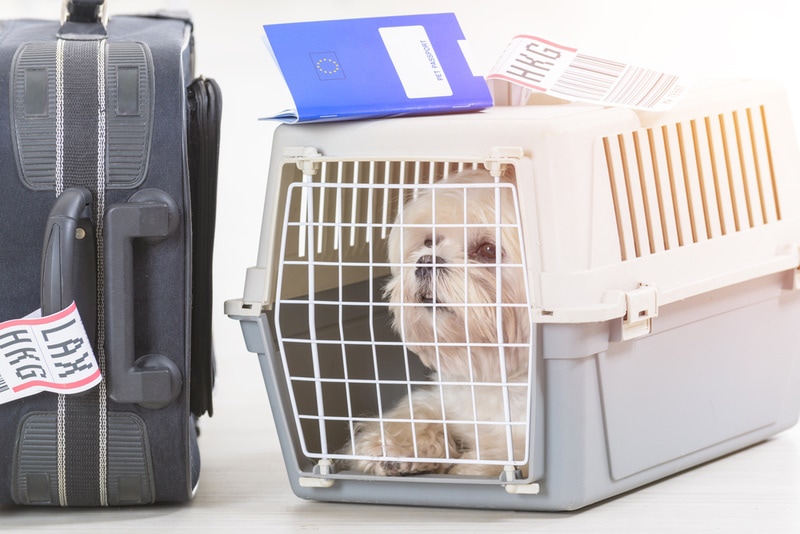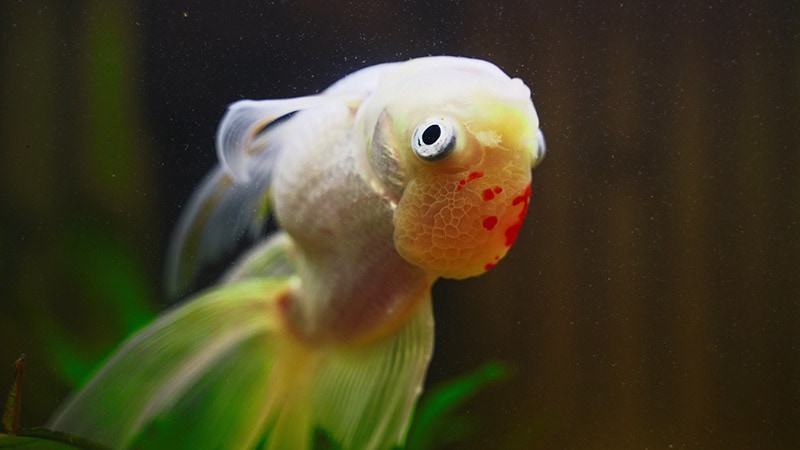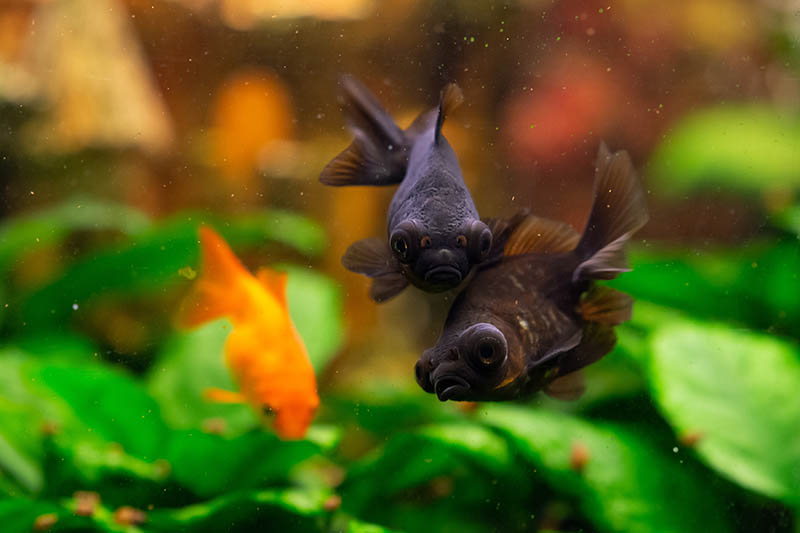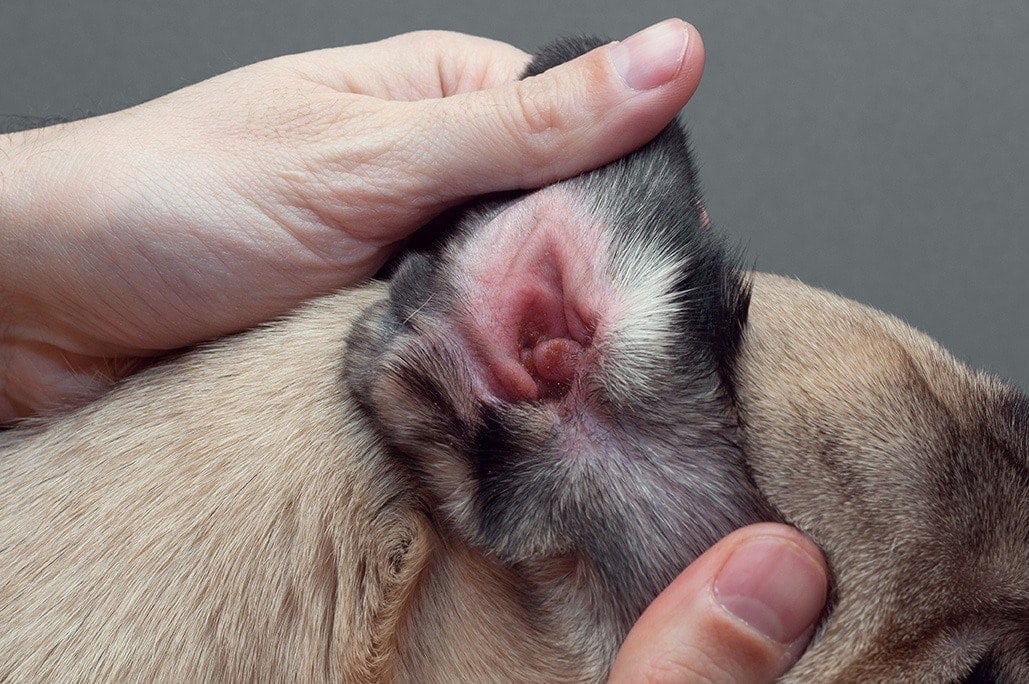What Were Labs Bred For? Labrador History Explained
Updated on
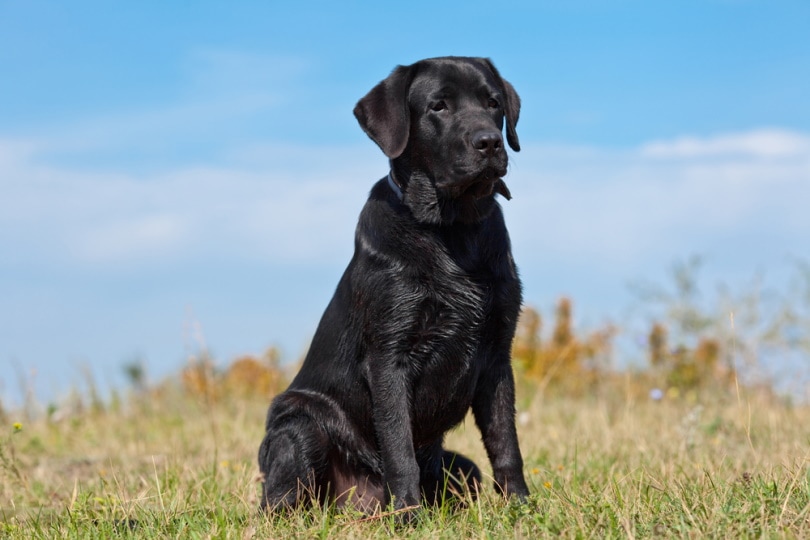
Year after year, the Labrador Retriever reigns supreme as the most popular pet dog.1 It’s little wonder why the humble lab continues to be the top pick; their gentle natures, goofy personalities, and fun-loving attitudes encompass everything that “man’s best friend” stands for.
The modern Labrador is a loving family member, a child’s best friend, a hunter’s companion, and a reliable working dog. This perfectly balanced and even-tempered breed didn’t just appear from thin air, though. They became so with years of history alongside man.
Labrador Ancestry: St. John’s Water Dogs
The furthest back the Labrador genes have been traced is to the 17th century, with writings of “St. John’s Water Dogs” accompanying fishermen on their boats. These smooth sailors aided fishermen by retrieving fishing nets and were well adapted for the water with short, thick, waterproof coats and thick tails acting as a rudder while they swam—sound familiar?
These pooches were found in the Newfoundland colony (which is now a part of Canada) and named St. John’s Water Dogs after the capital of Newfoundland and their love for the water. These dogs began to mix with imported working dogs, likely from England, Ireland, and Portugal, who traded with Newfoundland.
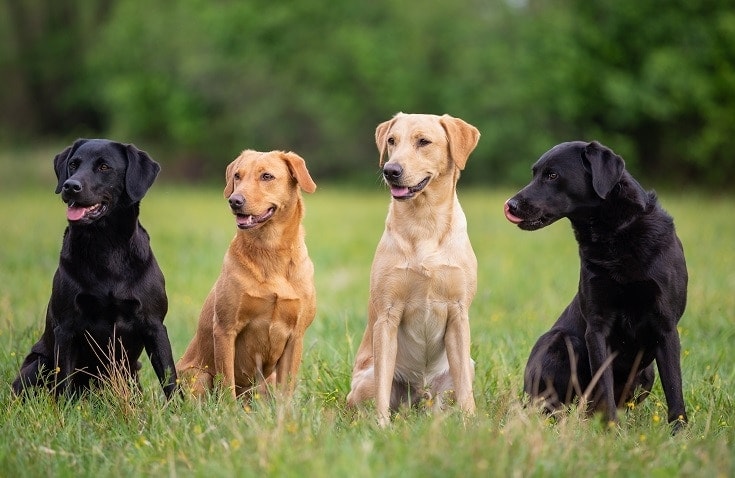
The St. John’s Water Dogs were strong, stocky, and closely resembled the modern English Labradors. They were distinguishable by white patches on their chest, feet, and muzzle, a patterning that now strays up in modern Labrador mixes.
During the 1800s, the Newfoundland government set harsh taxes on any dogs that weren’t for farm work, such as herding or stock protection, to encourage the growth of the agricultural sector.
The St. John Water Dogs became scarce, but few were introduced to Britain through trading ships.
The First Labrador Retrievers
Once in Britain, the St. Johns Water Dogs were quickly recognized for their even temperaments, endurance, and working capabilities. They were bred with British hunting dogs to create the first-ever Labrador Retrievers, named after the Labrador region of Newfoundland.
Colonel Peter Hawker, a shooting sportsman, was the first to distinguish a “proper Labrador” from its breeding ancestors of various hunting dogs and the St. John’s Water Dog. A thorough description was given in his book “Introductions to Young Sportsman1,” first published in 1845.
He praised the Labrador for their use in shooting sports, crediting them as “by far the best for every kind of shooting” and exclusively black in color.
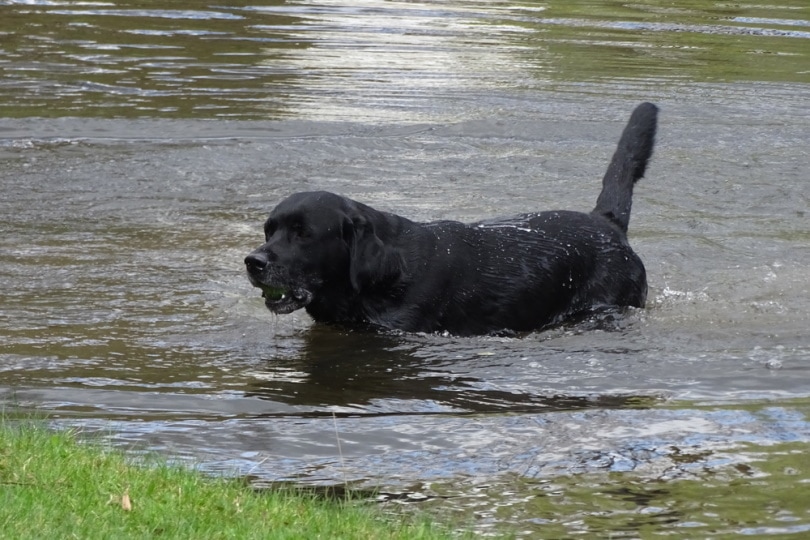
Labrador Timeline
- 1846: First officially described
- 1857: The first known photograph
- 1870s: Labradors commonly and widely known in England
- 1892: The first liver-colored (chocolate) pups recorded
- 1899: First yellow Labrador on record
- 1903: Recognized by the Kennel Club
- 1917: First American Kennel Club registration
- 1938: A black Labrador was the first dog to appear on the cover of Life magazine
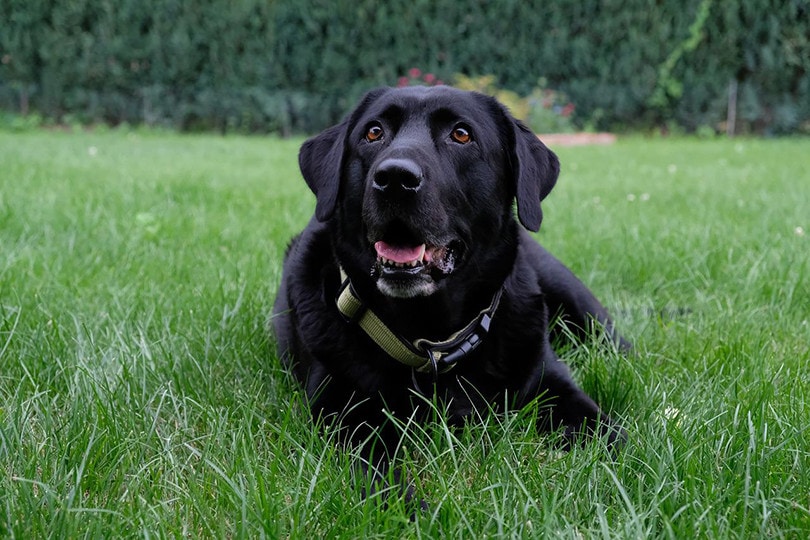
Hard Working Dogs
A family Labrador often gets labeled as lazy. They are happy to mope around the house and are known for snoring loudly! In reality, the Labrador breed has one of the best work ethics of any dog. They are bred for a massive range of tasks, from hunting companions to life-saving rescuers.
Their intelligence and eagerness to please and their natural abilities make them the perfect students to be molded into virtually any role. Some jobs Labradors are trained to do include:
- Retrieval: This is the most common use as the Labrador’s nose and love for water comes in handy for game bird hunters
- Drug detection: Often used at airports, the Labrador’s incredible nose is unparalleled.
- Conservation: Labradors or lab-crosses are commonly used as conservation dogs in New Zealand, sniffing out elusive bird species for population monitoring.
- Seeing-eye guides: Labradors are the most commonly trained seeing-eye dog to assist the blind. Their even tempers allow them to be in high-pressure positions, and they are trusted to keep their owners safe.
- Emotional support: Labradors have inbuilt emotional support training. They are well-known for their empathic abilities and sense of human emotion.
- Search and rescue: A Lab’s energy and desire to please enable them to excel in such high-pressure situations.
- Disease detection: Super-sniffers can pick up on bodily changes before symptoms appear, accurately detecting diseases such as Parkinson’s, Diabetes, or cancers.
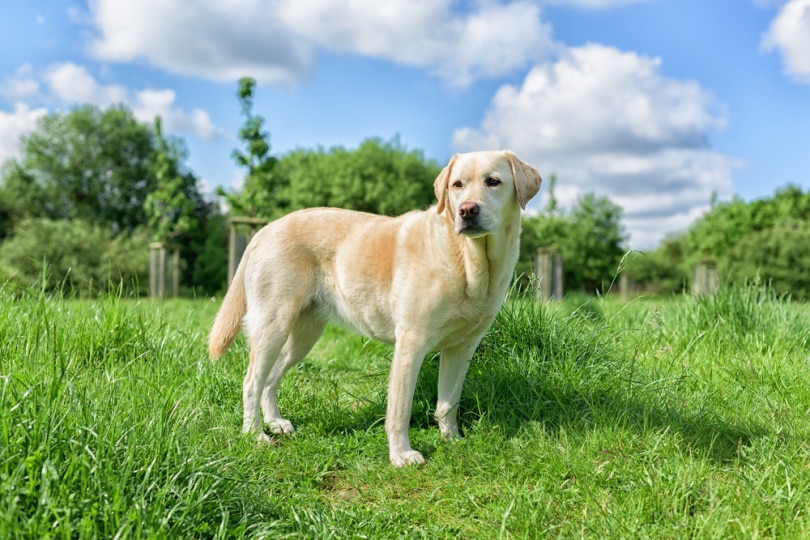
English Labrador vs. American Labrador
There is only one standard of Labrador Retriever described, but some physical differences are seen between groups. “English and American” labeling is misleading as all Labradors are of English origin. Serious Labrador breeders instead refer to the two variations of Labrador as “show conforming” (English) and “working/field” (American).
The English Labrador is considered a true Labrador as they are aligned with the breed description and standard. They are stockier, with wider heads, denser coats, and shorter legs.
The American Lab is lighter, has longer legs, a narrower head, and a longer muzzle. Either variation can occur in either country; they aren’t exclusive to either continent.
The variation occurred as the history of the Labrador evolved. While originally bred in England to work, they become beloved and revered as show dogs. They were bred to retain their original qualities.
Meanwhile, the Labrador was primarily a hunting companion in America, so they developed more athletic bodies, higher energies, and longer endurance.
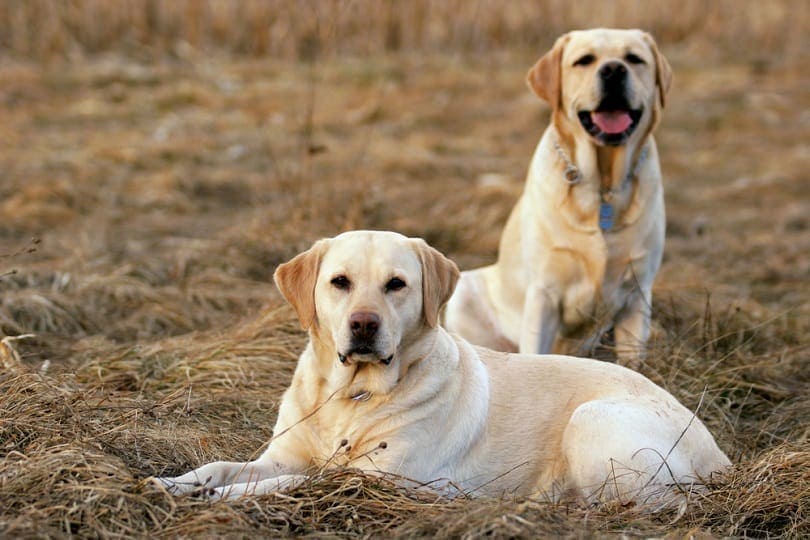
Final Thoughts
Who would have thought that Labradors had such an extensive history? Looking at our lazy, goofy labs, it may be hard to imagine them in positions with such responsibility. But behind their modest facade is a deeply intuitive, intelligent, strong, and determined dog.
Lab owners know just how lucky they are to share their home with such loving, gentle creatures.
Featured Image Credit: Baevskiy Dmitry, Shutterstock



